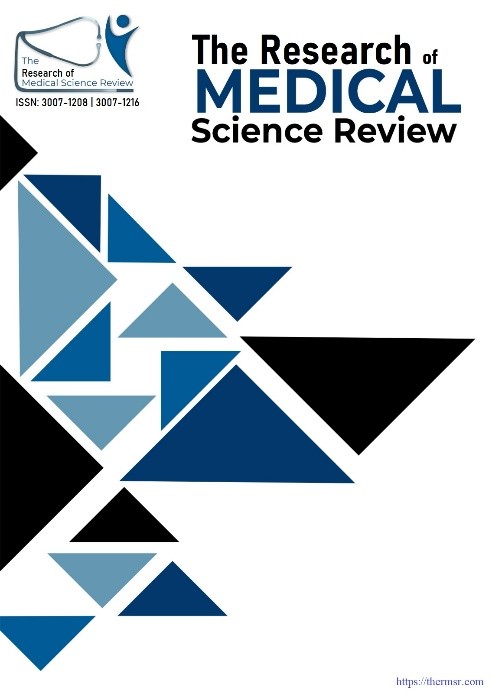EARLY BIOMARKERS OF ACUTE KIDNEY INJURY: A PROSPECTIVE MULTICENTER STUDY
Main Article Content
Abstract
Background: Acute kidney injury (AKI) represents a frequent and severe complication affecting hospitalized patients, which has a significant influence on both morbidity and mortality as well as on healthcare costs. The early-stage discovery of novel biomarkers is crucial for early intervention and the prognosis of patients with pancreatic ductal adenocarcinoma (PDAC).
Objective: To assess the diagnostic accuracy of early biomarkers for the prediction of acute kidney injury in hospitalized patients in different centers of care, as well as the risk factors.
Methods: A prospective multicenter study was performed in three tertiary hospitals for eight months. Altogether, 157 patients who were at risk of AKI were included based on the non-probability consecutive sampling method. Blood and urine samples were obtained at ICU admission and then every 24 hours to determine neutrophil gelatinase-associated lipocalin (NGAL), kidney injury molecule-1KIM-1 increased with risk, injury, or failure; the levels at baseline were significantly different between the groups (P = 0.002 and P = 0.003 for NGAL, KIM-1, respectively). Analysis was conducted using IBM SPSS v.25.
Results: The average age of the patients was 58.4±16.8 years, and 61.1% were male. AKI occurred in 68 patients (43.3%). The average number of exposure days before AKI diagnosis was 2.8±1.4 days. Strong associations with AKI development were age behind 65 years (p = 0.001), diabetes mellitus (p < 0.001), hypertension (p = 0.002), sepsis (p < 0.001), and nephrotoxic medication use (p = 0.003). The AUC for serum NGAL was highest (0.89; 95% CI: 0.83-0.94), followed by that for urinary KIM-1 (0.84; 95% CI: 0.77-0.90).
Conclusions: Early biomarkers, particularly serum NGAL and urinary KIM-1, demonstrate good diagnostic accuracy for predicting AKI 24-48 hours before the onset of conventional markers. The incidence rates of AKI were higher in patients with diabetes, sepsis, and old age. These observations underscore the significance of biomarker-based early detection strategies in clinical settings.
Downloads
Article Details
Section

This work is licensed under a Creative Commons Attribution-NonCommercial-NoDerivatives 4.0 International License.
